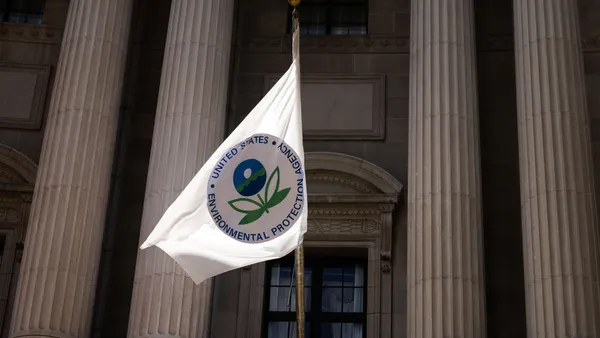Dive Brief:
- Public Service Electric & Gas (PSE&G) has petitioned the New Jersey Board of Public Utilities (BPU) to invest $109.8 million in expanding its energy efficiency program.
- Under the program, which was initially approved in 2009, PSE&G provides upfront capital for efficiency improvements, which are then paid back over a three- to 10-year period. Typically, the program costs are more than offset by the savings generated.
- The Energy Efficiency Economic Extension Program has a backlog of consumers waiting to take part, including 26 hospitals and 45 multi-family housing units.
Dive Insight:
State regulators initially approved PSE&G's efficiency program in 2009 with a budget of $166 million, and expanded it by $95 million in 2011.
Lost revenue is an obstacle for utility investment in efficiency. “You want to create a situation whereby the reduction in cost exceeds our reduction in revenue, so that we can make up for some of the lost revenue streams we would have realized through the use of our wires,” Ralph Izzo, CEO and chairman of Public Service Enterprise Group, parent company of PSE&G, explained in a recent interview with Utility Dive.
The filing notably includes a proposed 1.5% charge to be paid by the customer to the utility to recover lost revenue from reduced kilowatt-hour sales. “It’s not all of the lost revenue, but it’s important to address the lost sales issue if we are going to keep growing the business,’’ said Jess Melanson, director of energy savings for PSE&G.
PSE&G's application included a joint letter of support from the Natural Resources Defense Council and The Sierra Club, which noted that the programs "make it easy" for participating customers to save energy and money and takes "the guess work out of hiring auditors and contractors."















